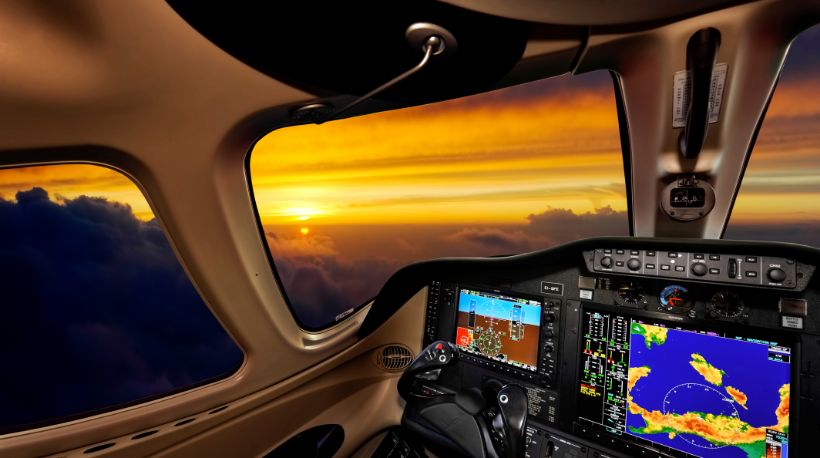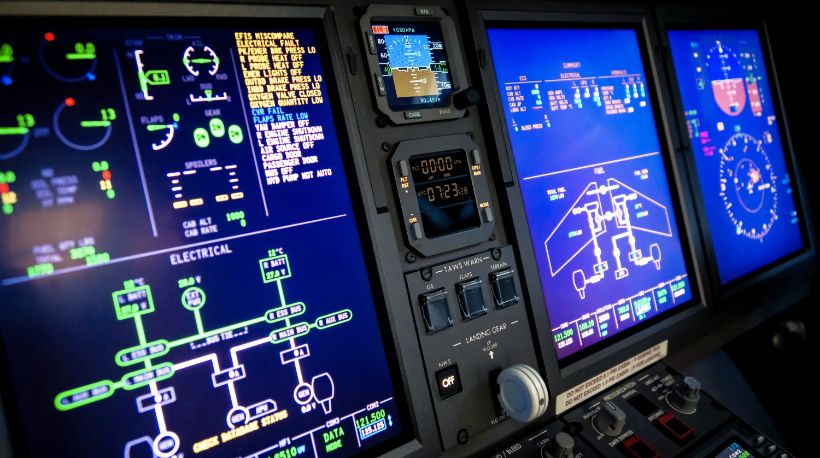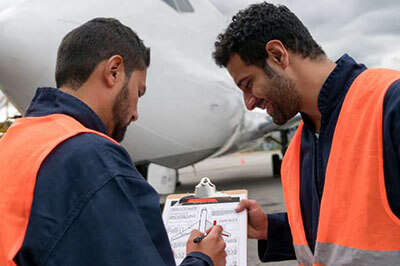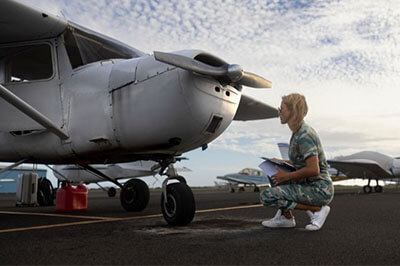Aircraft avionics (aviation electronics) are essential for modern flight. Avionics systems are crucial in navigating accurately, maintaining clear communication with air traffic control and managing your aircraft's performance.

From the early days of basic radio communication and navigation to today's highly sophisticated systems, aircraft avionics have transformed how we fly. What does avionics mean? This term, a blend of 'aviation' and 'electronics,' refers to the extensive range of electronic systems that operate on all aircraft types.
Imagine always having a high-tech co-pilot in your cockpit. That's what avionics are. They help navigate the skies, communicate with air traffic control, show important flight info and even ensure you don't fly into unexpected weather. Aircraft avionics are a big deal; they make flying safer and far more efficient. In this article, we'll answer the question, "What is avionics?" and explore how they uphold unparalleled safety standards in the sky.
What Are Avionics Systems?
Aircraft avionics systems are diverse and complex. Overall, avionics systems carry out a wide range of crucial functions to enhance pilot safety and efficiency in flight operations. Understanding these core functions provides insights into why avionics are indispensable in modern aviation.
- Navigation: A fundamental aspect of aircraft avionics is their role in navigation. Avionics systems such as GPS (Global Positioning System), VOR (VHF Omnidirectional Range) and INS (Inertial Navigation System) are key in determining the aircraft's position and charting its course. They enable pilots to navigate accurately, ensuring the aircraft remains on its intended path.
- Communication: In both in-flight safety and coordination, communication systems are critical to aircraft avionics. These systems facilitate clear and reliable air-to-ground and air-to-air communications, allowing pilots to stay in constant contact with air traffic control and other aircraft.
- Flight-Control Systems: Modern aircraft often have advanced flight-control systems, such as autopilots and flight management systems (FMS). These systems aid pilots in controlling the aircraft, particularly over long distances, reducing pilot fatigue and enhancing overall flight efficiency.
- Display Systems: Flight-control systems, including autopilots and advanced flight management systems, are integral to modern aviation. The Primary Flight Display (PFD) and Multi-Function Display (MFD) provide pilots with crucial real-time information about flight data, navigation and aircraft systems. These displays are central to the cockpit, offering a comprehensive overview of the aircraft's status.
- Weather Systems: Weather avionics, including weather radars, are essential for pilots to monitor meteorological conditions. These systems help detect and navigate adverse weather, ensuring a safer and smoother flight experience.
By understanding these core functions, we can better understand what avionics systems are in the context of aviation – they're the lifeline of aircraft operation.
Avionics in General Aviation Aircraft
General aviation aircraft are equipped with a wide range of avionics systems, each serving a unique and crucial role in flight operations. Let's dive into what some of these key products are and what they do:
ADS-B (Automatic Dependent Surveillance-Broadcast)
ADS-B is a surveillance technology used for tracking aircraft. It allows aircraft to determine their position via satellite navigation and periodically broadcasts it. Air traffic control ground stations can receive the information as a replacement for secondary radar. It also provides pilots with situational awareness of other nearby aircraft to prevent collisions.
This technology, which significantly improves the accuracy and reliability of aircraft surveillance, has been made mandatory in many regions for most aircraft operating in controlled airspace.
Antennas
Antennas in aircraft are critical for various communication and navigation systems. They are used to transmit and receive radio waves for communication systems and to receive signals for navigation systems like GPS and VOR.
Audio Panels
Audio panels are the control hub for an aircraft's communication systems. They allow pilots to manage multiple audio sources, such as intercom communications, music and alerts. Audio panels ensure clear and effective communication between the cockpit and ground control.
EFIS (Electronic Flight Instrument System)
EFIS is a digital version of a pilot's flight instruments. It provides flight data on electronic displays, replacing traditional analog gauges. An EFIS typically includes a PFD (Primary Flight Display) and MFD (Multi-Function Display), offering pilots a more intuitive and comprehensive view of flight data.
Engine Monitors
Engine monitors provide real-time data on various engine parameters, such as temperature, pressure and fuel flow. This information is crucial for maintaining engine health, ensuring optimal performance and preemptively identifying potential issues before they become serious problems.
GPS (Global Positioning System)
GPS systems in aircraft are used for navigation. They provide accurate location and time information, regardless of weather conditions, anywhere on or near the Earth. In aviation, GPS is used for en-route navigation and approaches to airports.
Each of these systems illustrates the sophistication and variety of aircraft avionics, showcasing how they collectively enhance functionality, safety and efficiency. As technology advances, these systems continue to evolve, offering even greater capabilities and support to pilots and passengers alike.
The Importance of Avionics Regulations
It's important to note that aircraft avionics systems are heavily regulated to ensure the safety and standardization of flight operations. These regulations, governed by authoritative bodies like the Federal Aviation Administration (FAA) in the United States and the European Union Aviation Safety Agency (EASA) in Europe, set stringent standards for the manufacturing, maintaining and operating of avionics equipment.
The FAA and EASA have established comprehensive guidelines that cover every aspect of avionics, from the basic requirements for communication and navigation systems to more advanced technologies like ADS-B and EFIS. These regulations are designed to uphold the highest safety standards and facilitate international aviation operations by ensuring uniformity in equipment and procedures.
Compliance with avionics regulations is not optional. Aircraft operators and owners must ensure their avionics systems meet the current regulatory standards. Failure to comply can result in operational restrictions, penalties or even grounding of aircraft. For general aviation pilots and operators, staying informed about these regulatory changes and ensuring compliance is essential for uninterrupted operations.

Frequently Asked Questions
If you have any questions or would like to learn more about what avionics on a plane are for, check out the answers to our most frequently asked questions for more information.
Can Avionics Systems Be Upgraded in Older Aircraft?
Yes! Avionics systems in older aircraft can often be upgraded to newer technologies. Upgrades include installing advanced GPS systems, modern communication equipment and updated display systems. These upgrades can significantly improve the functionality and safety of the aircraft.
How Often Should Aircraft Avionics Be Maintained?
Aircraft avionics should be regularly maintained according to the manufacturer's recommendations and regulatory requirements. Routine inspections and maintenance ensure the systems' reliability and functionality.
Are Avionics Systems Mandatory in All Aircraft?
Most modern aircraft are required to have basic avionics for navigation and communication. However, the specific requirements vary based on the aircraft type and the airspace in which it operates.
Shop Aircraft Avionics Systems From Air Power Inc.
If you want to elevate your aircraft's capabilities, remember that the right avionics can make all the difference. Air Power Inc. stands at the forefront of supplying high-quality, cutting-edge avionics systems. With our extensive range of aircraft avionics products, from GPS systems to advanced ADS-B solutions, coupled with our expert service, we're dedicated to fueling your passion for aviation. Whether upgrading your current aircraft or seeking new avionics solutions, trust Air Power Inc. to provide you with the best in the industry. Shop our full selection today.
Shop All Avionics Equipment
Related Articles: Avionics



